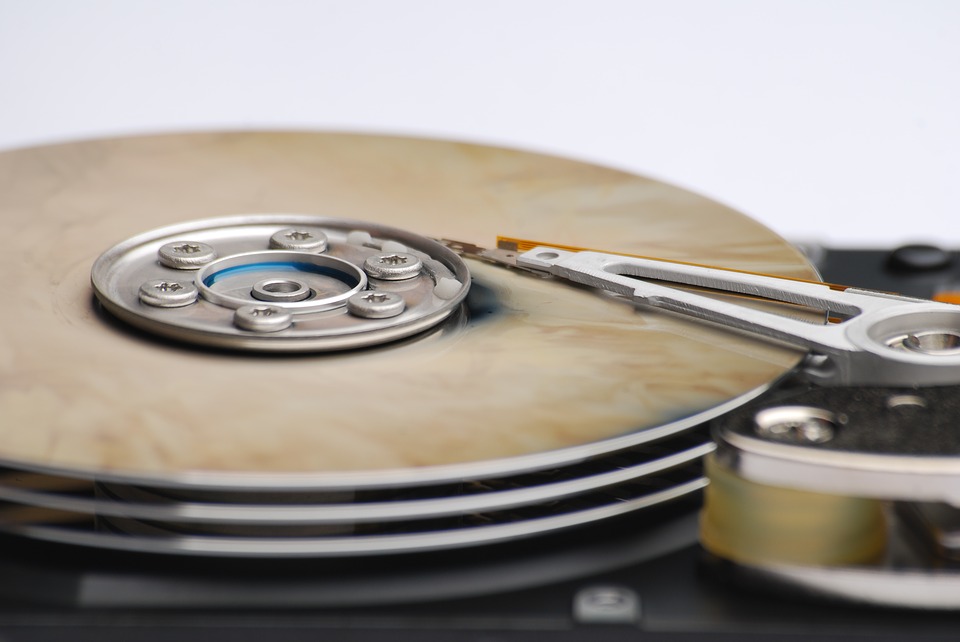 INFRA
INFRA
 INFRA
INFRA
 INFRA
INFRA
As the amount of new data being created in the world grows exponentially with each passing year, traditional data center storage systems are rapidly becoming obsolete.
A paper published earlier this year by research International Data Corp. forecasts that the amount of data created each year will balloon to a staggering 163 zettabytes by 2025. When one considers that a single zettabyte equates to 1 billion terabytes, it’s not difficult to envision the problems involved with storing all of that data.
This reality has forced data storage companies such as Western Digital Corp. to spend millions of dollars researching more efficient technologies that can keep up with this explosion of new data. Today, at its “Innovating to Fuel the Next Decade of Big Data” event, the company revealed more about the fruits of those research efforts, demonstrating a new technology it says will significantly increase the storage density of the hard disk drives it creates.
Western Digital’s new technology, designed for hard disk drives used in enterprise data centers, is called Microwave-Assisted Magnetic Recording HDD, which it said leverages new breakthroughs in energy-assisted recording techniques.
Energy-assisted recording refers to a technique for writing data to hard drives, where a small laser is used to heat the part of the disk being written to. Doing so reduces the coercivity of the material, or its resistance to changes in magnetization. That allows data to be squeezed into smaller “spaces” on the disk, meaning that more data can be written to each one.
As for MAMR, Western Digital’s new technology, this builds on energy-assisted recording by using something called a “spin torque oscillator” to generate a microwave frequency that the company said further increases the writability and reliability of data recordings. The result is massive gains in areal densities and capacities. Western Digital claims that it will soon be able to build hard drives offering up to 4 terabytes per square inch of capacity, which is around four times the average areal density of today’s most advanced drives.
Western Digital said it has been working to put the finishing touches on its MAMR tech for some time and recently made a breakthrough in its manufacturing processes that should allow it to increase average hard-drive areal densities by about 15 percent per year.
“As the volume, velocity, variety and value of both ‘Big Data’ and ‘Fast Data’ grow, a new generation of storage technologies are needed,” said Mike Cordano, president and chief operating officer at Western Digital. “Our ground-breaking advancement in MAMR technology will… address the future of enterprise capacity storage by redefining the density potential of HDDs and introduce a new class of highly reliable, ‘big capacity’ drives that simply aren’t possible on any other advanced theoretical energy-assisted HDD technology today.”
Holger Mueller, principal analyst and senior vice president at Constellation Research Inc., concurred that there was a pressing need in the industry for higher density storage technologies, and said that Western Digital’s latest innovations would certainly be welcomed by any data center operator.
“The world is producing more data than ever, with the estimate that all of electronic information doubling in the next few years to come,” Mueller said. “This poses stress on the infrastructure that has to serve, store and process this data. Any technology that can increase the density of information stored will help access speed, and reduce the total cost of ownership of storage. MAMR is a promising technology in this regard and it’s good to see the first commercial offerings hitting the market.”
It’s worth mentioning, though, that MAMR won’t be available just yet. The company said it plans to send out the first samples of its new MAMR hard drives to data center customers next year, with the final product set to become available sometime in 2019.
THANK YOU